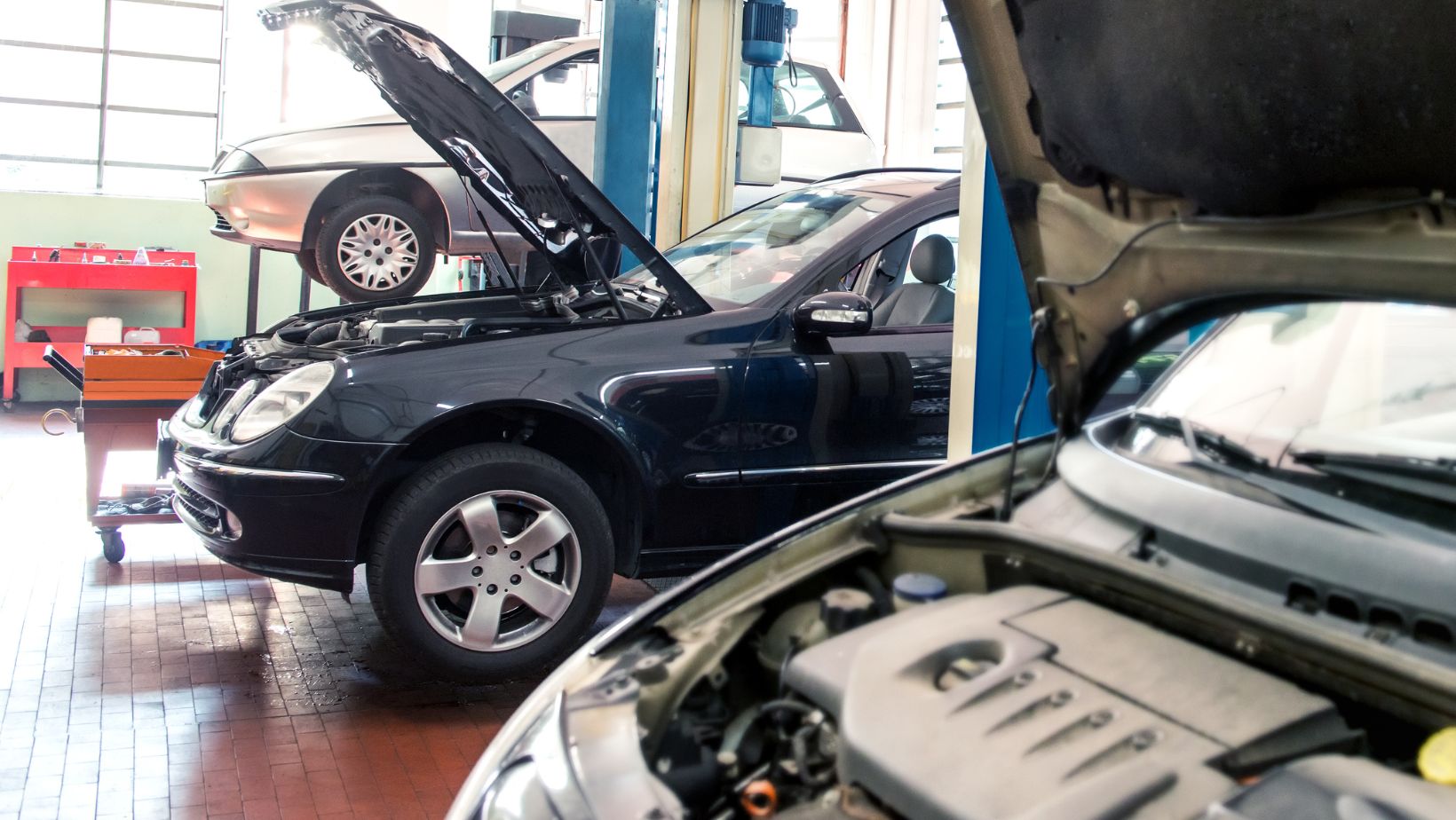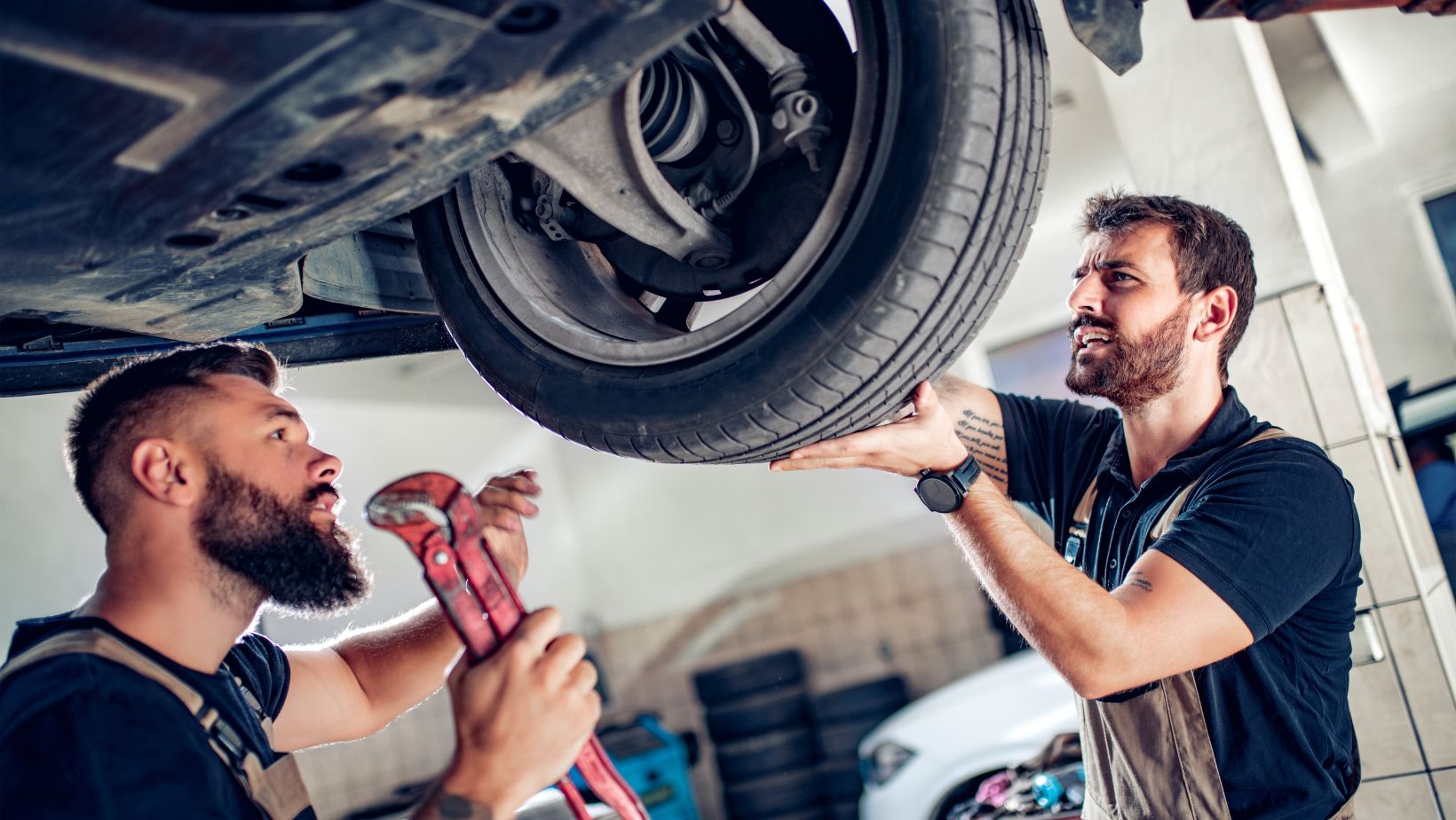
Car Sun Damage Repair
Car sun damage can be a frustrating issue to deal with, especially when it comes to repair. Understanding the causes of car sun damage is crucial in preventing further deterioration and addressing the existing damage effectively.
One of the primary causes of car sun damage is prolonged exposure to harmful UV rays. Over time, these rays can cause the paint on your vehicle to fade, leading to a dull and lackluster appearance. Additionally, UV rays can also break down the protective coating on your car’s exterior, making it more susceptible to other forms of damage such as cracking or peeling.
Another factor that contributes to car sun damage is excessive heat. When your vehicle is exposed to high temperatures for extended periods, it can lead to various issues like interior fading and warping. The intense heat can cause materials inside your car, such as leather upholstery or plastic components, to degrade over time.
Furthermore, environmental factors play a significant role in causing sun damage repair needs. For instance, if you frequently park your car under trees or near construction sites where debris may fall onto it, this can result in scratches or dents that require professional attention for restoration.
By understanding these causes of car sun damage repair, you’ll be better equipped to take proactive measures in protecting your vehicle from further harm. Regularly applying protective coatings and parking in shaded areas can go a long way in preserving your car’s appearance and preventing costly repairs down the line.

Preventing Sun Damage to Your Car
When it comes to protecting your car from sun damage, there are a few key steps you can take. The harsh rays of the sun can cause significant damage to your vehicle’s exterior and interior over time. To avoid costly repairs and maintain the beauty and longevity of your car, consider the following preventative measures:
- Park in shaded areas: Whenever possible, park your car in shaded areas such as garages or under trees. This helps shield your vehicle from direct sunlight and reduces the risk of paint fading or cracking.
- Use a car cover: If shade is limited or unavailable, invest in a high-quality car cover that provides UV protection. A good car cover will not only shield your vehicle from harmful rays but also prevent dust buildup and minimize potential scratches.
- Apply a protective coating: Consider applying a specialized protective coating to your car’s exterior surfaces. These coatings act as barriers against UV radiation, preventing paint oxidation and maintaining its shine for longer periods.
- Regularly wash and wax: Keeping your car clean is essential for preventing sun damage. Wash away dirt, debris, and pollutants that can degrade the paint finish, then apply a coat of wax to provide an additional layer of protection against UV rays.
- Protect the interior: Just like the exterior, the interior of your car is susceptible to sun damage. To minimize fading and cracking of upholstery, dashboards, and other surfaces, use window shades or tinted films to reduce direct sunlight exposure.
By implementing these preventive measures consistently, you’ll significantly reduce the likelihood of sun damage to your beloved vehicle. Remember that prevention is always better than repair when it comes to preserving the appearance and value of your car.
Sources:
- Insert relevant source here
- Insert relevant source here Understanding UV Rays
UV rays, short for ultraviolet rays, are a type of electromagnetic radiation that is emitted by the sun. These rays are invisible to the naked eye and can be classified into three types: UVA, UVB, and UVC. While UVC rays are mostly absorbed by the Earth’s atmosphere, both UVA and UVB rays reach the surface and can cause significant damage to various objects exposed to sunlight, including cars.







































